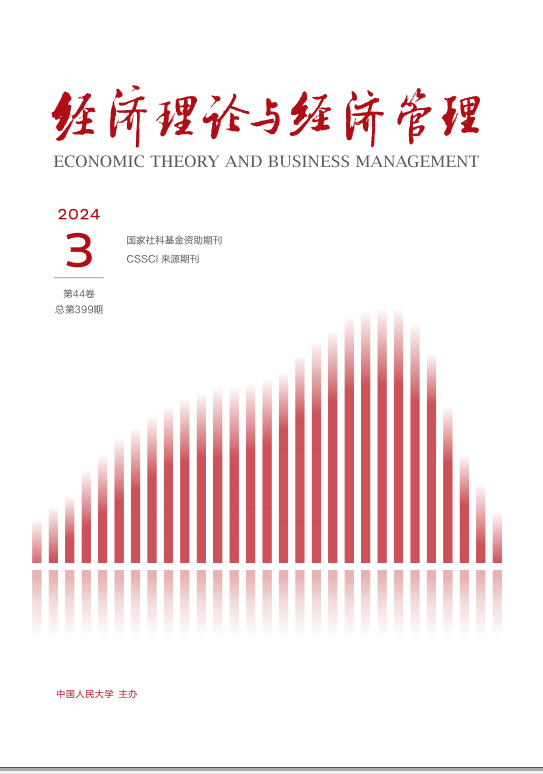Chinas economy has entered a new normal state. However, the aging trend is increasingly serious, accompanied by the export and investment leads to the lagging economic growth model, which makes Chinas transition stage facing two core challenges: retirement shocks and domestic consumption. How to deal with the retirement crisis and promote the consumption of residents is a problem to be solved. This paper focuses on Chinas “dual track system” of the hot issues and selects 30 regions of Chinas macroeconomic panel data from 1998 to 2014, focusing on analysis of the impact of corporate and public retirement on the impact of urban residents. On the level of the total consumption of the residents, the impact of corporate retirement has a significant inhibition on it, and the impact on the retirement of the institution has a significant positive effect on the impact of the government and the peoples consumption structure, and the situation is more complex. The main cause of these effects is the inequality of the two track and the subjective differences between the two groups. In view of this, to be proposed consumption effect of the release of the merger reform, improving the oldage social security system, stabilizing consumer expectations and adjusting the market structure can promote the development of aging industry and silver market policy
recommendations.





